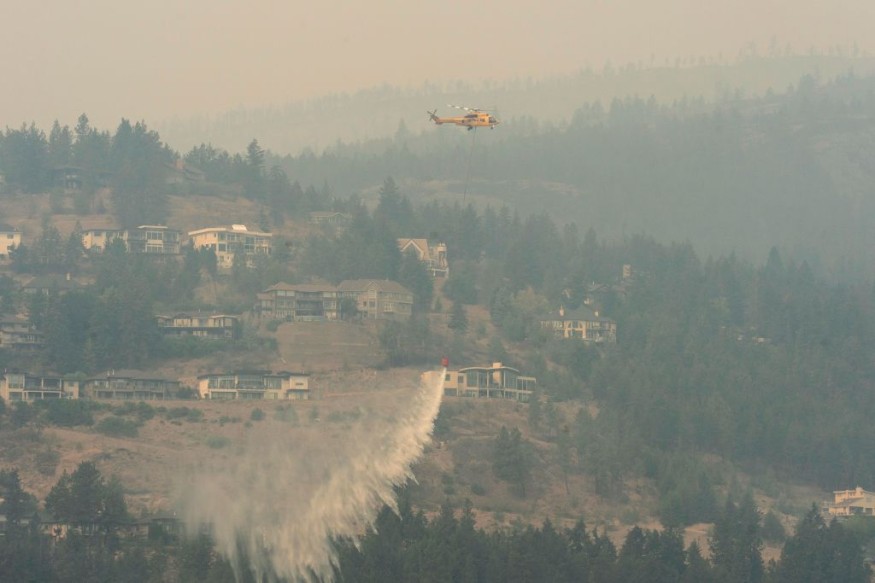
Around 34,000 residences in British Columbia are placed under evacuation alert as wildfires threaten the area.
Fire authorities said nearly 400 wildfires bring risk to residents over Canada's province.
Over the weekend, at least 30,000 homes in the area have already received evacuation orders.
Fire situation
Due to fire threats, the BC Wildfire Service has already enforced an Area Restriction Order for the vicinity of the Raymond Peak wildfire (N12589), which originated approximately 15 kilometers southeast of Elko.
Officials said that the imposed area restriction has reflected the need to protect the public from places where fire suppression and containment activities are taking place.
The said restriction took effect immediately and will remain in effect until noon of October 15, or until rescinded, authorities said.
At present, the BC Wildfire Service as well as other multiple structural fire departments have remained engaged in active and critical firefighting operations against the blaze happening in North Shuswap area.
The Wildfire Service also said that the Columbia Shuswap Regional District has been exhausting all measures to keep the evacuated facilities and other areas safe.
However, officials warned that "we need the public's help in not creating opportunities for theft."
"The Columbia Shuswap Regional District, the RCMP, the BC Wildfire Service, and the community members of North Shuswap are all in this together," it said in an advisory.
"We appreciate the level of community support on the ground. Please work together as a community to ensure all response is coordinated, safe, and effective," it added.
Meanwhile, firefighting personnel also continue to respond to the Bush Creek East wildfire (K21633), which presently also encompasses the Adams Lake wildfire (previously K21620).
Authorities said that the incident remains a dynamic situation, noting that they are working with their partners to manage multiple complexities associated with the massive flames.
Further, the situation in large areas of the scenic Okanagan Valley, including the city of Kelowna, was considered as "highly dynamic."
Due to these, disaster management officials deemed it critical for affected residents to flee.
Fire equipment, gear being moved
First responders and community members have worked tirelessly to extend assistance to various communities that need aid as well as essential equipment on the ground.
They urged residents not to move or take any of this firefighting equipment.
The call came after a number of pumps, sprinklers, hoses, and ATVs have supposedly been taken, which later on impacts the effectiveness of structural protection.
Officials said that the pieces of gear, which are expected to protect dozens of homes, were being transferred to the areas that are ineffective.
Some of the gear has completely disappeared, and authorities alleged that they could be stolen.
The BC Wildfire Service further said that it understands the frustration and fear among residents, but the professionals relying on this equipment need it to continue to fight these fires.
The Government of Canada has since vowed to continue supporting Canadians as all departments of government work together during the 2023 wildfire season.
So far, the Government Operations Centre coordinates the federal response to the wildfire situation across the country.
Officials are also working closely with federal and provincial partners to coordinate the disbursement of assistance.
Related Video:
© 2025 NatureWorldNews.com All rights reserved. Do not reproduce without permission.





